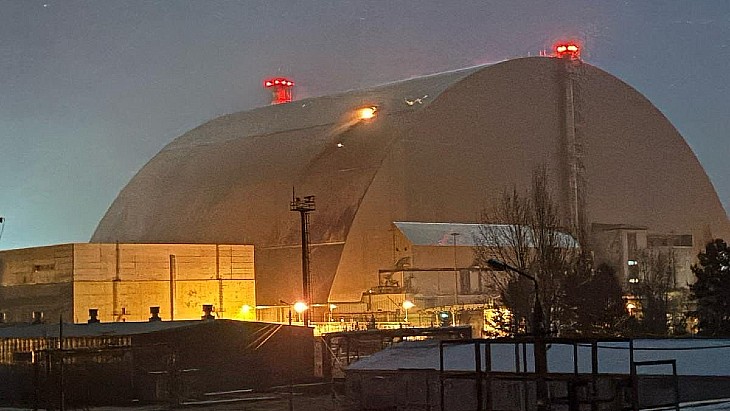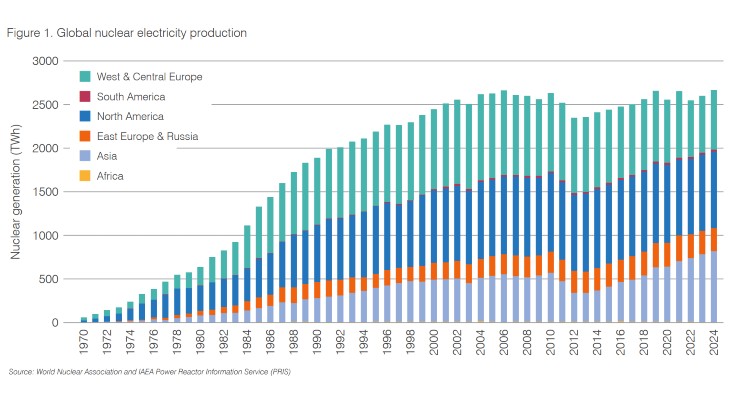FIRST PUBLISHED 4.35pm GMT
Workers continued to restore external power to the stricken Fukushima Daiichi units, although work was briefly interrupted when smoke was seen coming from unit 3. Efforts at the plant have been helped by assistance from both domestic and foreign companies.
Workers at the site have already successfully connected an external power cable to the distribution switchboard for units 1 and 2. The integrity of each of the unit's electrical systems is being investigated before they are connected. Efforts to restore an external source of electricity to units 3 and 4 are continuing. At unit 4, cabling has been completed from a temporary substation to the main power centre. External power for units 3 and 4 should be in place 'in a few days' time', according to Tokyo Electric Power Company (Tepco).
External power has already been connected to unit 5 and 6, allowing them to use their residual heat removal systems and transfer heat to the sea. This has been used to cool the fuel ponds and bring the units to cold shutdown status, meaning that water in the reactor system is at less than 100ºC. Tepco said that at 11.36am today, the service power supplied by emergency diesel generators in units 5 was partially restored through a transmission line using a power receiving facility of unit 6.
At around 3.55pm, light grey smoke was seen coming from the fifth floor of the reactor building of unit 3. Tepco said that employees working around the unit were temporarily evacuated to a safe location. Monitors in the reactor pressure vessel and the containment vessel showed no change in the temperature or pressure, while no increase in radiation levels was detected. The amount of smoke was seen to decrease as investigations into its cause took place.
The injection of seawater into the used fuel storage pond at unit 2 started yesterday. Tepco reported that a temporary water tank and a hose had been connected to the existing pool water clean-up system of unit 2 and seawater was now being pumped into the pond using a fire engine's pump. The company said that it is presumed that all the used fuel in the pond had been fully submerged before the seawater injection started. The water level is estimated to have since risen by some 30 centimetres thanks to the injection of 40 tonnes of seawater.
Tepco said that a total of 12 fire engines are now being used to spray water into the used fuel pools and for water injection to cool the reactors. In addition, the Self-Defense Force has sent two of its tanks to the Fukushima-Daiichi site. These will be used as bulldozers to remove debris at the plant, clearing a path for further vehicles and equipment to access facilities at site. The steel plating of the tanks will help provide radiation protection to the workers within them.
Industry assistance
Several nuclear industry companies, both in Japan and overseas, have offered assistance to help in the efforts to stabilize the Fukushima units.
Japan's Hitachi said that it established a 24-hour emergency response centre at its head office to assist in repair and recovery operations at the Fukushima Daiichi plant. The company said that engineers had been dispatched to work on joint teams formed in collaboration with Tepco and the Japanese government. Hitachi said it is also assisting in the procurement of materials required for on-site operations, and is providing support for work efforts.
Toshiba has assigned some 700 workers to help in the work to increase the stability of the Fukushima Daiichi reactors, according to a Bloomberg report. The company was dispatching 100 workers to the Fukushima site today, a company spokesman said.
Meanwhile, France's Areva has chartered a plane to take 3000 activated charcoal protective masks, 10,000 overalls and 20,000 gloves to Japan. In addition, the aircraft will also carry 100 tonnes of boric acid – a neutron absorber – supplied by EDF. French rescue workers left for Japan last week with radioactivity detection equipment provided by Areva subsidiary Canberra. Areva said that equipment in its Tokyo offices had already been made available to Japanese security teams.
Groupe Intra –owned by EDF, CEA and Areva – maintains a fleet of robotics machines which can be used in the event of a major nuclear accident. Groupe Intra was formed in 1988 and is based on the industrial site of EDF's Chinon nuclear power plant. Although intended to be used at facilities belonging to its owners, the company has announced that it will ship robots and specialised equipment to Japan to help efforts at the Fukushima plant. Some 130 tonnes of equipment left for Tokyo on a giant Russian-built Antonov-225 transporter plane at the weekend. The shipment includes equipment to respond to radiological emergencies in hostile environments, including sampling equipment and remotely operated equipment.
Researched and written
by World Nuclear News












